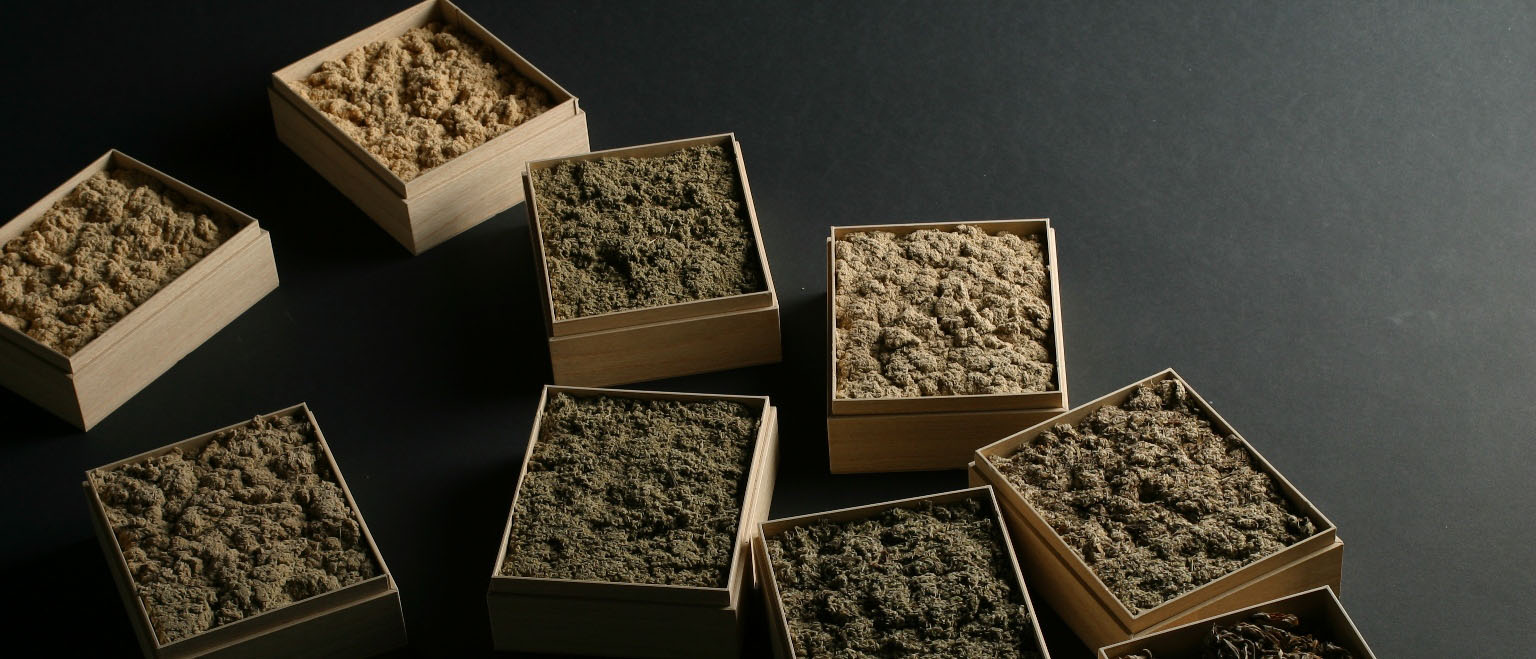Amid Ise-Shima's ancient groves of cypress giants lies the most revered Shinto shrine in Japan, the Ise Jingu shrine. With over 2,000 years of history, it is dedicated to a goddess considered the predecessor of the Imperial family and the supreme deity among the countless deities of the Shinto faith.
About 450 kilometers away, on a quiet street in Tokyo's Sumida Ward, the lesser-known Ejima Sugiyama Shrine sits, dedicated to a man known as the god of acupuncture. In Shintoism, gods are believed to reside in objects of the natural world — rivers, mountains, and animals — even in ordinary human beings, whose spirits are enshrined in some of the 80,000 shrines in Japan.
One such ordinary man, Waichi Sugiyama, made extraordinary contributions to the field of acupuncture. Born in 1610, he went blind at an early age after contracting smallpox. For the blind in Japan at the time, the primary jobs available were acupuncturist or traditional massage therapist. At 18, he traveled to Edo (now Tokyo) to apprentice for a famed blind acupuncturist.



